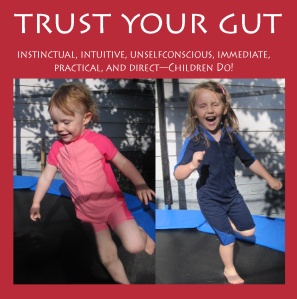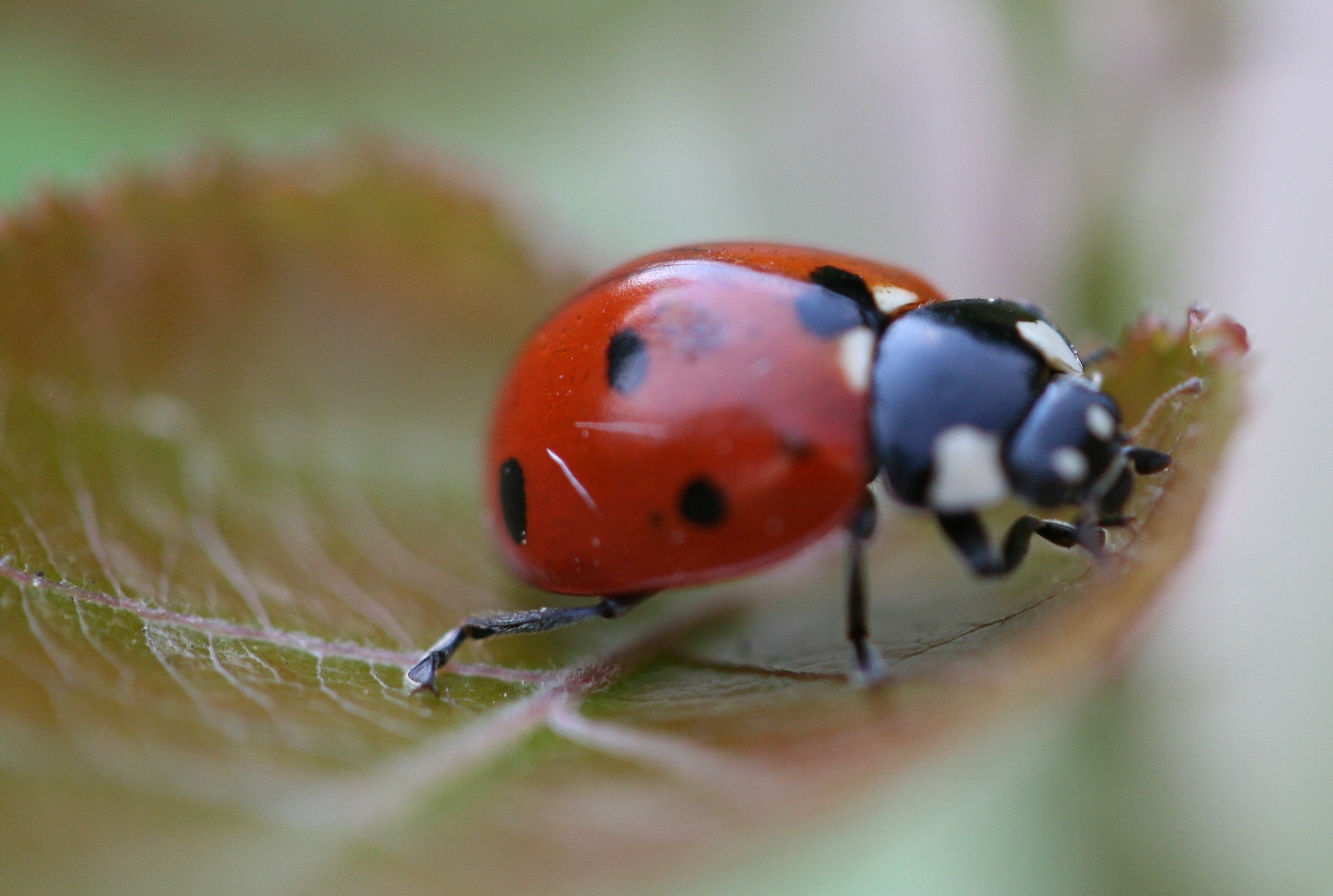
I am building a deer fence around my garden. It all started with a pile of dirt dumped in my yard last summer when my son was reconfiguring his back yard. It came in two dump trucks— full— one good dirt, the other considered great for back fill. Recently my daughter took the backfill to use to grade a slope away from her house, the other remained with me.
Since coronavirus and possible food disruptions here in my neck of the woods, I have thought it prudent to transform the dirt into a vegetable garden. Here deer are rampant and graze unmercifully through the garden year-round. So bushes, trees, flowers, anything green in fact are considered food.
Before any grass greens, before they leave town to birth more deer, the ones that remain become entirely indiscriminate. They are in survival mode, and while I don’t appreciate the damage they impose, who can blame them? Who encroaches on whom? Our gardens are fair game for these creatures.
To my garden and mind chatter. First I rounded up pallets. I have heard that some people in the neighbourhood call my place the Pallet Palace. Why? You’ve guessed it. I use pallets—a lot! I enjoy the aesthetics as well as their versatility. They are born for re-purposing and that appeals to me greatly. Surrounding the dirt with pallets wasn’t hard although my physical limitations made the progress slow.
I knew I must elevate the pallet surround to prevent deer from eating any food grown inside the garden. With chicken wire and necessary 1”x2”’s in hand I set to work. Up until this point I was happy in my process, although with one hand that doesn’t grip and physical limitation, I frequently meet challenges— usually quite openly. I am used to it, and for the most part appreciate my ability to move through the challenge until earlier this week when monkey mind and judgement came out to test my resolve.
Simply, my back neighbours had a similar idea to build a garden with raised beds and a deer fence. Between them there are six pairs of hands and a carpenter! My mind chatter escalated with comparison and judgement. It got so loud I had to quit my own fumbles.
Now, I know my daughter and a friend will come to help. Didn’t they do an awesome job! However, what I found interesting was how mind chatter, monkey mind created such nonsense, and how easily I believed such prattle, even though I knew it was foolish. I was crippled by comparison of my own making.
For example: my neighbours were doing a good job; theirs looked so much better than mine etc. All none-sense. Of course each garden is different; much like how each of us is different. It is our differences, in what we do, appreciate, think, resolve, and pay attention to that makes us who we are. My neighbours were busy in their process, as I had been until crazy-mind entered.
Fortunately I had the wherewithal to stop and contemplate what was really going on for me, and find a resolution for myself. Taking that time-out was and is essential for our health and wellness. Without the time for contemplation non-sense can escalate so much it can overwhelm us, and cause dis-ease in our emotional or physical bodies.
It is important to stop, take time, and discover what mind chatter is really showing us. It is about embracing our imperfection and loving ourselves regardless that makes a difference for us individually and collectively. Finding our balance connects us all, and the pen remains my faithful tool!
Writing Practice: Recently, have you encountered a similar example of dis-ease, mind chatter, or non-sense that has entered your awareness and became too loud to ignore? Write about it. What is under the noise, the language, the experience? Explore and communicate with it through the power of the pen. It is cost-effective and a great way to address niggles.







